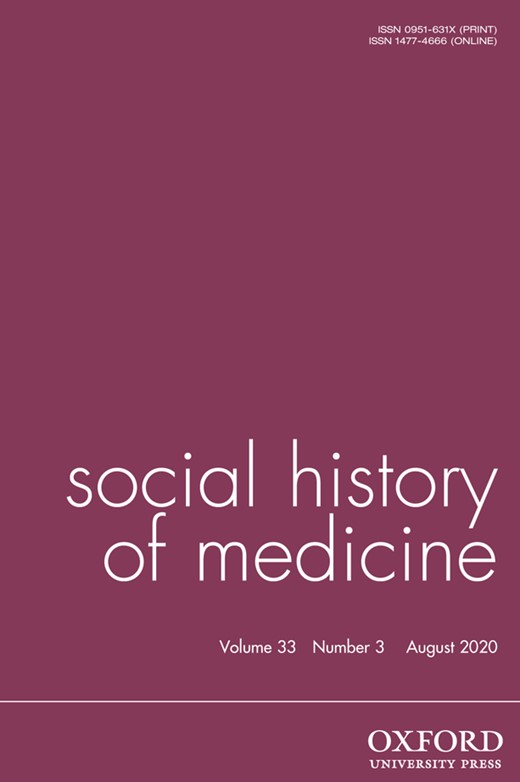-
Views
-
Cite
Cite
Aparna Nair, ‘These Curly-Bearded, Olive-Skinned Warriors’: Medicine, Prosthetics, Rehabilitation and the Disabled Sepoy in the First World War, 1914–1920, Social History of Medicine, Volume 33, Issue 3, August 2020, Pages 798–818, https://doi.org/10.1093/shm/hkz002
Close - Share Icon Share
Summary
The sepoy had always been a central figure in colonial governance and policing and had played important roles in both world wars. Focusing on World War I, this article explores the sepoys’ corporeal experience of the war through their own letters. The article explores how the war had a catalytic impact on colonial perceptions of and responses to disability in the colony and how medicine, prosthetics and rehabilitation came to be seen as the ‘promise’ made by the Crown to Indian soldiers for their service. The article also examines the introduction of cultures and institutions of rehabilitation into the colony in the form of the Queen Mary Technical Institute and explores the intersections of race, empire and disability at these sites of rehabilitation.




